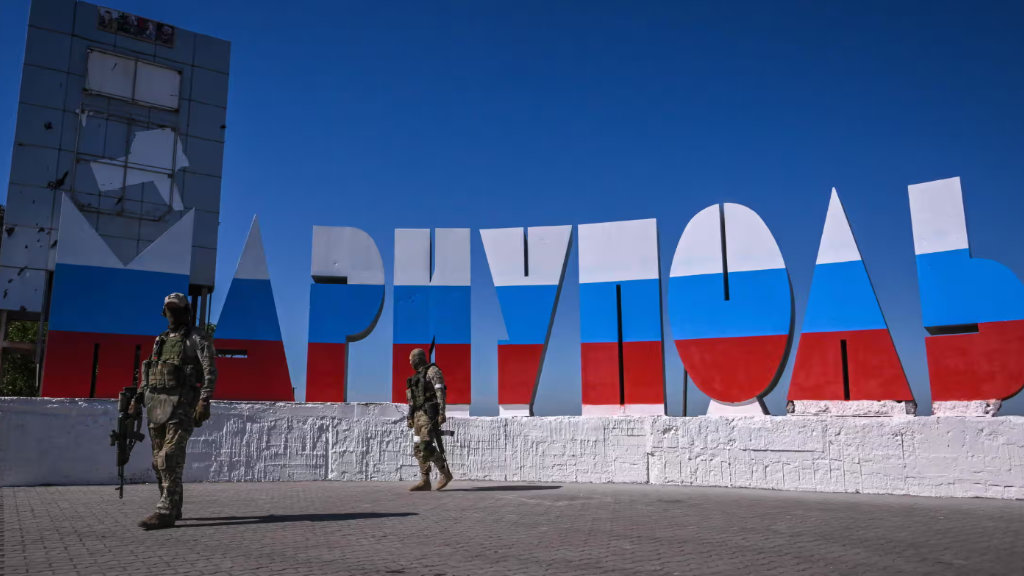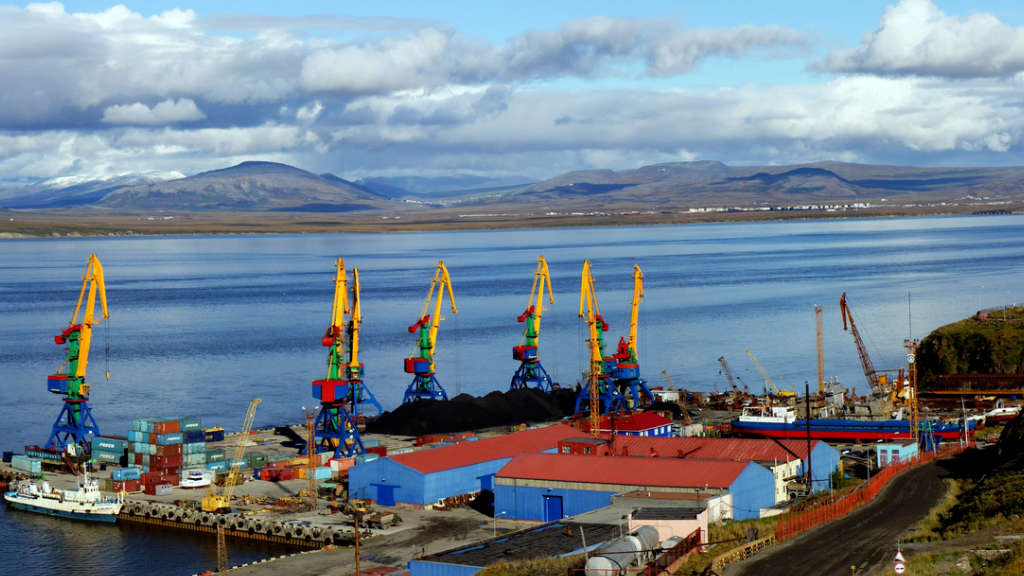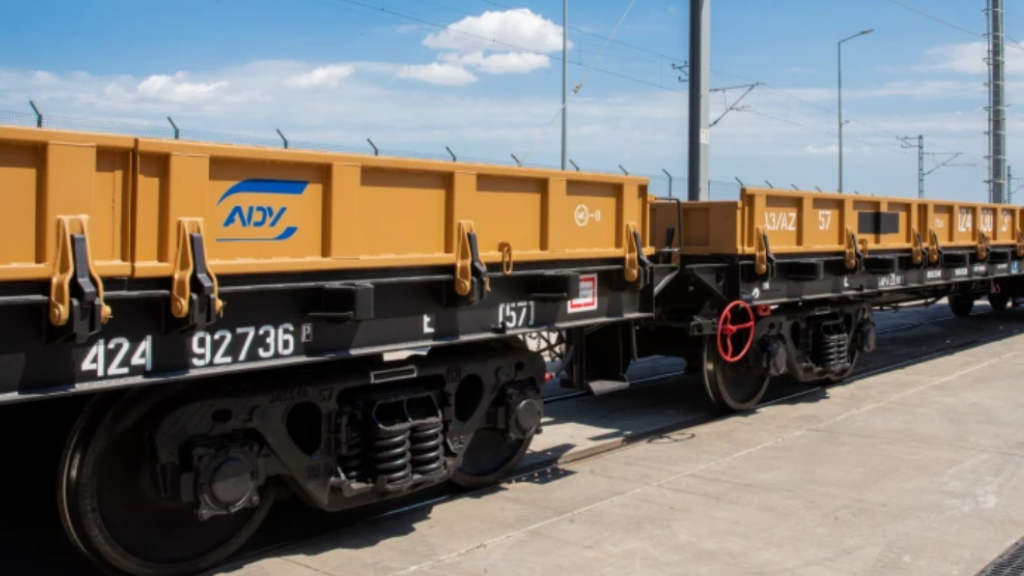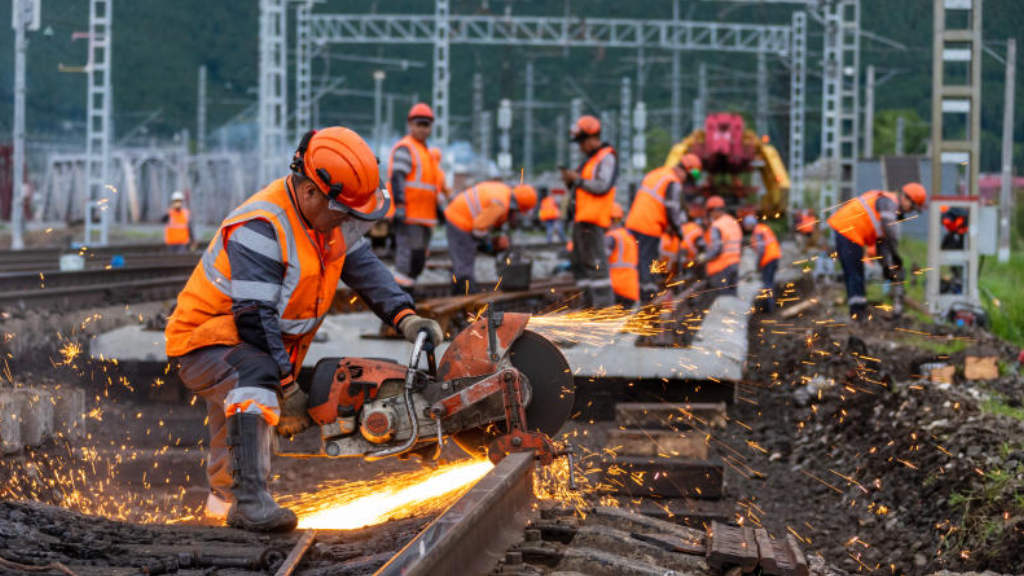Russia is now planning reconstruction of industrial sites in the Donbass following moves into the area after previous heavy fighting. These plans are rarely, if ever, reported in Western media. However, assessments and reconstruction plans are being carried out throughout the Donbass region, according to Denis Pushilin, the Head of the Donetsk People’s Republic.
In Mariupol, which was the scene of heavy fighting in 2022, the city had been extensively damaged, with the Ukrainian military forces surrendering at the Azovstal metallurgical plant, one of the cities largest employers. The second-largest city in the Donbass, Mariupol had a pre-conflict population of over half a million people and is situated on the Kalmius and Kalchik rivers, just 10km from the Azov Sea.
However, the plant had numerous problems. Underinvested, and using old technologies, the plant had seriously damaged not just the surrounding area but the Azov Sea itself. Now, the Azovstal plant is being demolished, the site cleaned up, and will be converted to a business park, catering specifically for SME investors. Similar plans are being created for other sites throughout the Russian Donbass.
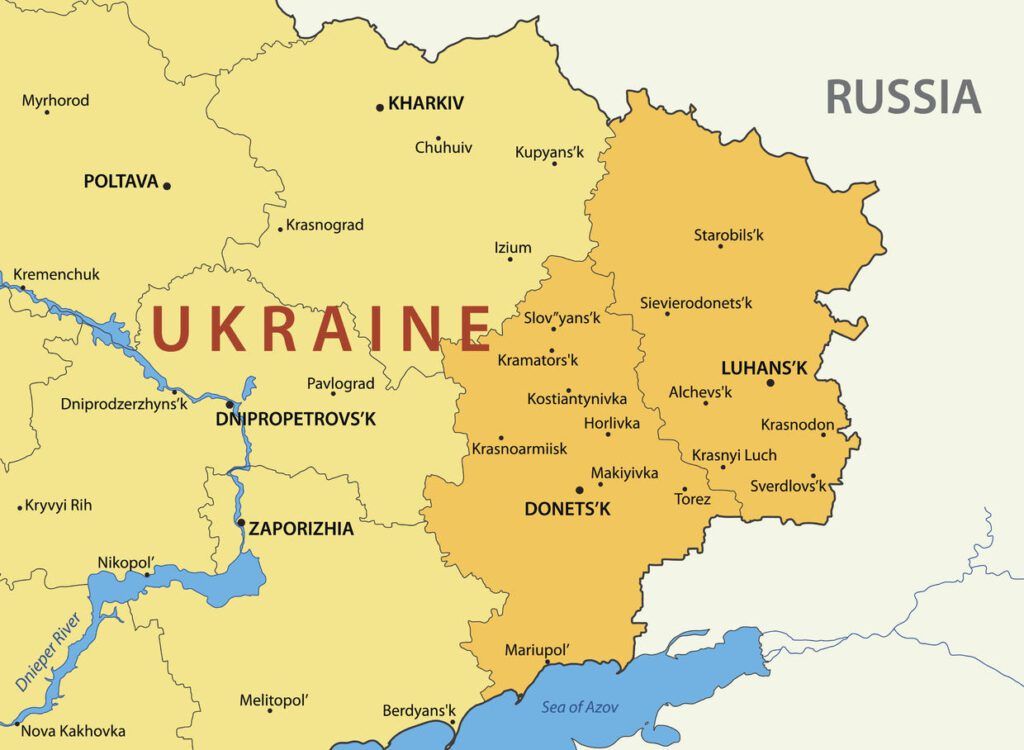
Background
There is significance in these moves as typical business parks in Russia provide business incentives, such as reduced profits and other operational taxes as well as discounts on utility bills. Focusing on SMEs helps recreate a positive manufacturing business environment, with the commercial capability to supply the domestic Russian market.
This is also significant as Ukraine had previously been a member of the Commonwealth of Independent States (CIS) and had free trade agreements with Russia and other CIS markets – a combined market now worth US$5.5 trillion in GDP per annum, and a consumer base of 280 million people. Kiev effectively pulled out of the CIS in 2014 and in doing so, largely cut off the eastern Oblasts (provinces) – including the entire Donbass region – from its export markets. As a result, local economies, including Mariupol’s went into significant decline.
Ukraine’s economy shrank by 6.8% in 2014 following the cancellation of trade with Russia and the CIS. During 2015, Ukraine’s economy shrank by another 10.4%, with a 30.9% decline in exports mainly because of a sharp decline in production output in Donetsk Oblast and in Luhansk Oblast (the two regions of the Donbas). These two regions had been responsible for 40.6% of Ukraine’s total exports. The IMF then agreed to a four-year loan programme worth about US$17.5 billion in eight tranches between 2015 and 2016, subject to conditions which involved economic reforms.
However, due to lack of progress on reforms, only two tranches, worth US$6.7 billion were paid in 2015, while a third tranche of US$1.7 billion was provisionally scheduled in June 2016 subject to the bringing into law of 19 further reform measures. Some western analysts believed that these large loans – which included Russian financing – were not encouraging reform but enabling the corrupt extraction of funds out of the country. Since December 2015, Ukraine has refused to pay these loans back, resulting in defaults to the IMF as well as a US$3 billion debt payment to Russia that had formed part of a December 2013 Ukrainian–Russian action plan.
Recovery of the regions economy therefore depends largely on the restoration of trade with Russia, and to some extent the CIS, although Kiev also has outstanding trade debts with some CIS member states. Whether Moscow takes these over as part of any future settlement with Kiev remains to be seen, as does the future of its pre-existing debts to the IMF, who will not be keen to be re-exposed to any Ukrainian debt.
Reconstruction Under Russia
According to Pushilin, all the cities in the Donbass industrial region, will establish business and industrial parks to help reestablish local industries. These will take into account revisions of the previous reliance of old technologies, the financing of updated equipment, while taking into account the sanctions component, and the needs within the Donbass region.
Pushilin stated concerning Mariupol that “We have come to the decision that the Azovstal plant is not needed, whatever it was like before. This site will be prepared, reclaimed, and cleaned up for an industrial park for small industrial enterprises.”
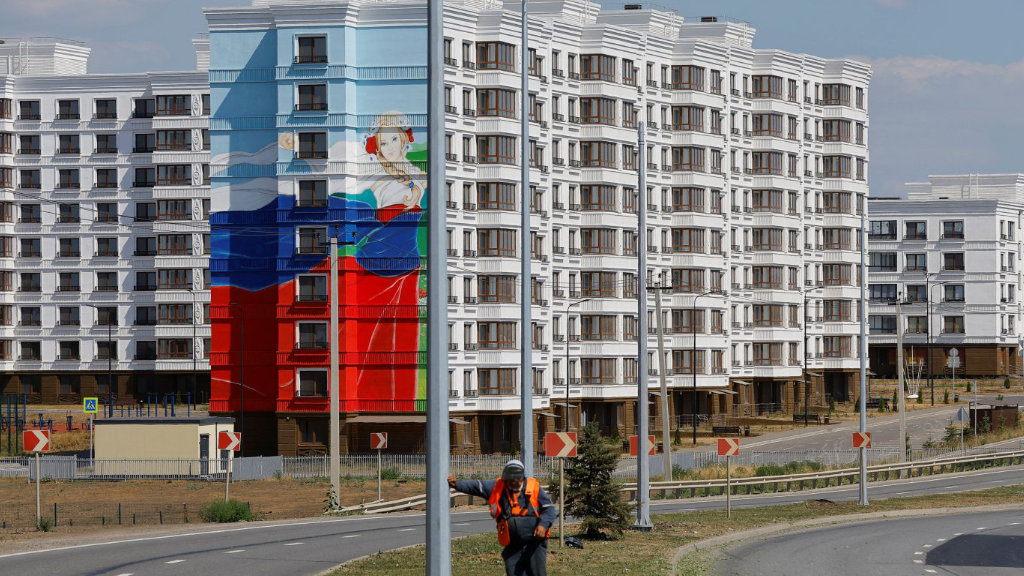
Meanwhile, on May 17, Russian Deputy Prime Minister Marat Husnullin said that over the past two years, Russia has reconstructed 19,000 projects in eastern Ukraine. According to him, the first task of the authorities was the restoration of destroyed or antiquated infrastructure. When discussing Mariupol, he said that the river embankments and park will soon reopen, the restoration of damaged apartment buildings has been completed, and the construction of new housing is to be completed by 2025.
There has been Western commentary describing these as ‘Potemkin’ rebuilds, that they do not really exist. The evidence is somewhat scant and somewhat unverifiable in terms of the images used and the text, although they do appear to acknowledge progress is underway. The main criticism seems to have been about standards. There is no doubt that many of the units built where done so in haste – with winter approaching. However, the Russian regional government plans appear to make practical common economic and redevelopment sense.
These developments will almost certainly be carried out across other newly Russian territories. That has to be some relief to the IMF, with fingers both already burned by Kiev and in any event prevented by sanctions from providing finance to Moscow. Russia, it seems, is quite capable of refinancing, rebuilding and reconstructing the Donbass regions industrial base by itself, a large part of which will be funded by the private sector keen to take advantage of reestablished supply chains from the Donbass into Russia and the CIS. Future stages will probably involve Chinese businesses investing in manufacturing projects for the same reason, in addition to investing in and building infrastructure projects that can generate longer-term returns, such as ticket sales from highways, railways and other cash-flow rich services.

